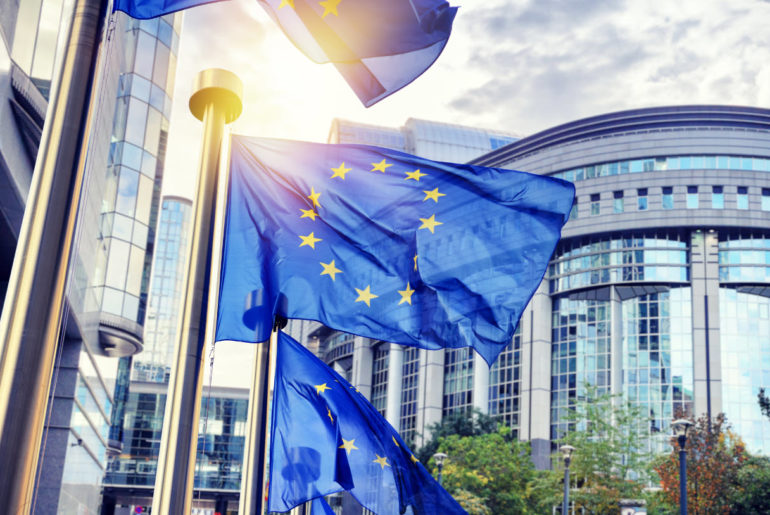Following the launch of the RePowerEU package, the European Commission continues to develop the regulatory framework applicable to renewable fuels of non-biological origin (mainly renewable hydrogen). Two draft Delegated Acts that will have a significant impact on the hydrogen market have been published for public consultation under the Renewable Energy Directive recast (REDII, Directive (EU) 2018/2001).
On 13 July 2022, the European General Court endorsed the European Commission’s ability to exert jurisdiction over transactions that do not trigger either EU or national merger control thresholds by virtue of the so-called Article 22 referral mechanism (Case T-227/21). With this ruling, the General Court has effectively validated a hybrid ex ante/ex post EU merger control regime. It is hoped that any future Article 22 intervention will remain exceptional.
The Partnership for Global Infrastructure Initiative (PGII) was launched in June 2022 at the G7 Summit in Germany. The PGII is a USD 600 billion lending initiative to fund infrastructure projects in the developing world, with a particular focus on Africa. One of the aims of the initiative is to help address the massive infrastructure investment gap in Africa.
In 2020, the European Commission began a review of the EU’s rules on blood, tissues and cells used for medical treatments and therapies. Now the Commission has published a draft legislative proposal to amend the rules. The proposal does not recommend a complete overhaul: the EU will not change its definitions of blood, tissue and cell products. Yet it does promise a significant update to the two Directives published in the early 2000s that continue to govern the use of BTC components in the EU. Most importantly, the proposed legislation would be packaged as a Regulation rather than a Directive, meaning it would have a direct effect in the Member States.
On June 9, 2022, the European Court of Justice issued its decision in case C-599/20 (Baltic Master UAB). This case provides more clarity on the concept of related persons, which allows customs authorities to disregard the transactions value and instead use different valuation methods to determine the customs value of imported goods. EU customs law provides for an exhaustive list in determining when (legal) persons are related and in which situations customs authorities can substantiate such a relationship.
A revision of EU pharmaceutical legislation by the European Commission will be published on 21 December. These revisions indicate the execution of the European Commission’s 2020 Pharmaceutical Strategy – a strategy that seeks to create a more resilient regulatory system in light of the COVID-19 pandemic.
The European Recovery Plan will pump EUR 750 billion into the economy in the relative short term, with nearly half earmarked for climate change and digital investment. This funding will support the transformation to greener, more digital, sustainable and resilient economies, and businesses active across the EU will be able to benefit.
Manufacturers and EU importers of medical devices are periodically confronted with new sets of rules imposing new product conformity requirements. Apart from MDR/IVDR, other EU legislation as well as revisions of ISO standards may compel companies to secure future marketability of legacy products on stock before the expiry of transition periods. To take advantage of transition mechanisms, EU legislators regularly require that affected products have to be “placed on the market” prior to a cut-off date. But what does that mean, and how should companies practically implement and record a “placing on the market”?
Baker McKenzie’s Sanctions Blog published the alert titled EU adopts sixth package of sanctions against Russia/Belarus on 7 June 2022. Read the article via the link here. Please also visit our Sanctions Blog for the most recent updates.
On 10 May 2022, following a lengthy review and public comment period that began in October 2018, the European Commission adopted the new Vertical Block Exemption Regulation (VBER) accompanied by new Vertical Guidelines. The new VBER and Guidelines will come into force on 1 June 2022.



